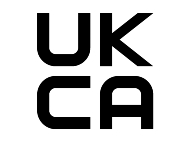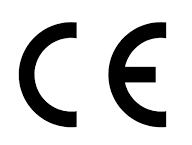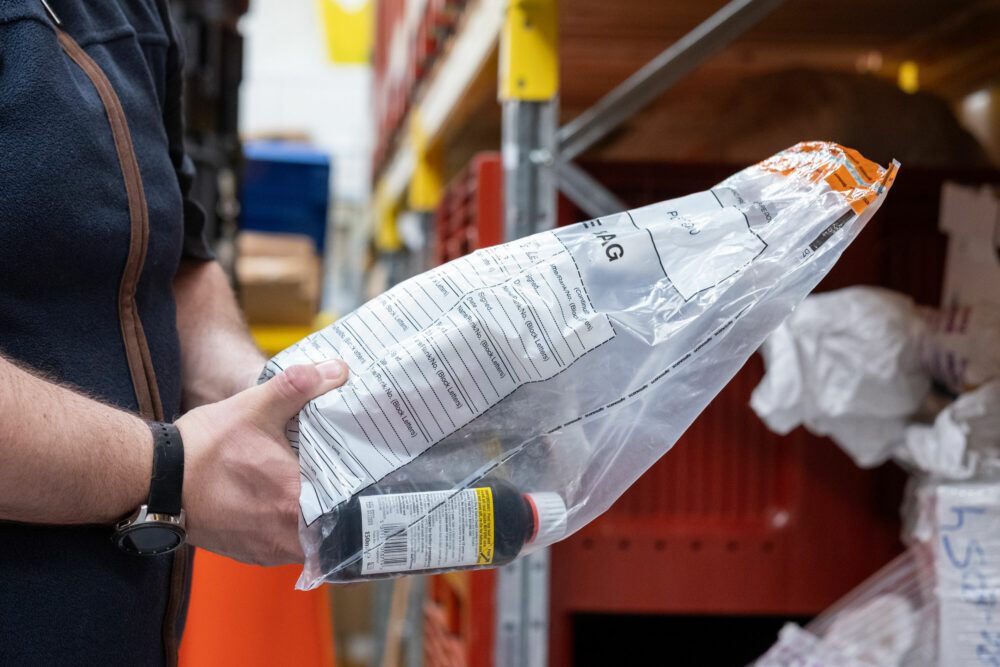How to spot a dodgy website
No one sure way exists to spot a ‘dodgy’ website, but any of the following 10 tell-tale signs can be an early warning and should make you suspicious:
- Unusual web address – legitimate retailers will not use a product name in the URL
- Poor website design with spelling or grammatical errors
- Pop-up ads
- Exaggerated claims like ‘100% safe’, ‘no side effects’ or ‘quick results’
- Promise of quick ‘next day’ delivery. Taking shortcuts could expose you to unlicensed medicines, identity theft and credit card fraud.
- Advertising prescription-only medicines and prices on the ‘home page’ (illegal in the UK)
- No prescription required for prescription medicines
- Payment accepted in crypto currencies
- You are asked not to name the medicine or website in your banking transaction reference
- No physical or street address available
How to spot fake medicines or medical devices
Fake medical products can look convincing, especially if you haven’t seen the genuine product before. Manufacturers must label all medicines sold in the UK. The label should say ‘UK Only’ on the packet.
Look out for these warning signs to help detect a fake medicine:
- Poor quality capsules or crumbly tablets
- Medicines with a homemade appearance or where the packaging is open or damaged
- Bad packaging
- Package missing ‘UK Only’ label
- Active ingredient(s) not listed on the packet
- Missing Patient Information Leaflet
- Missing or past expiry date
Look out for these warning signs to help detect counterfeited or non-compliant medical devices which have not followed regulations:
- Poor quality colour printing on packaging
- Spelling mistakes on packaging/Instructions for Use (IFU)
- Lot numbering not in keeping with original formation
- Incorrect UKCA/CE marking format
- No Instructions for Use (IFU) leaflet
- No manufacturers details on packaging (i.e. just states made in China)

The UKCA (UK Conformity Assessed) mark stands for UK Conformity Assessed. It is a product approval logo used in Great Britain (England, Wales, and Scotland) from 1 January 2021. It applies to most goods that used to need the CE mark, including licensed medicines.

The CE mark on medical devices is an indicator that it has been approved within the EEA (European Economic Area), and recognised by the UK until 30 June 2028.
Find out more about the CE mark
If you suspect you have bought or taken a fake medicine
Cheap medicine can come at a cost to your health, if it is fake. If you suspect you have bought a fake medicine, do not take it. If you think you have taken a fake medicine and experience any side effects, seek medical help right away.

Report fake medicines, fake medical devices, or side effects using the Yellow Card scheme.
You can help the MHRA keep people safe!
